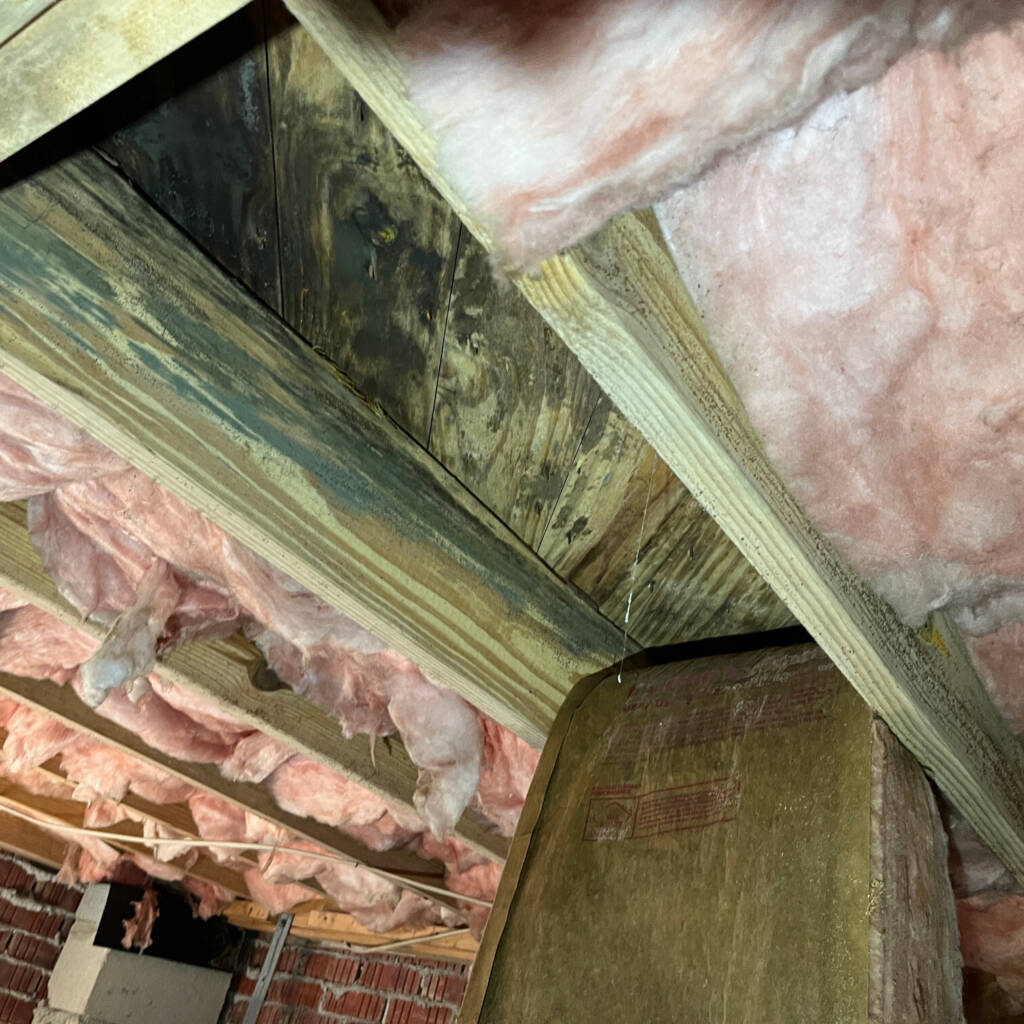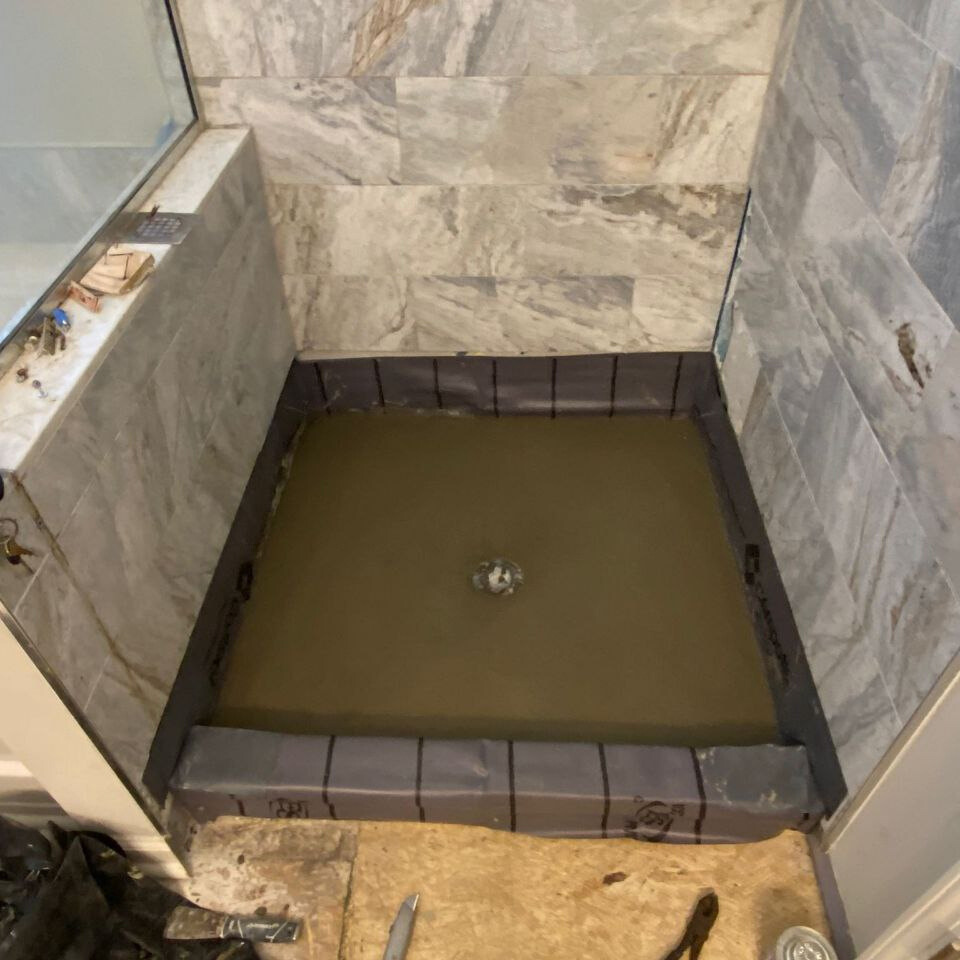Water damage can be one of the most devastating challenges a homeowner faces. Living in the Southeast, where humidity, heavy rains, and even hurricanes are frequent, the risk of water infiltration and damage is always present. Preventing water damage doesn’t just involve fast action and cleaning up after a flood or a storm; it’s about taking proactive steps to safeguard your home through smart waterproofing solutions.
Here we’ll guide you through waterproofing solutions for every room in your house. Whether it’s your kitchen, bathroom, or garage, each space faces unique risks, and addressing them can save you thousands in repair costs. At BioSweep Southeast, we understand how important it is to keep your home safe and dry. So, let’s explore some expert strategies to protect your property from water damage.
Does your home show signs of water damage? Schedule a free consultation with BioSweep Southeast today!
The Importance of Waterproofing
Waterproofing isn’t just about avoiding leaks. It’s about preventing mold growth, safeguarding structural integrity, and protecting your home’s value. In the South, homes are especially vulnerable due to high humidity, frequent rainfall, and storm activity. From ground-level flooding to condensation, moisture has plenty of ways to invade your home. Proper waterproofing solutions keep the water out of areas where it shouldn’t be and keeps your home dry, comfortable, and secure all year round.
1. Crawl Spaces (& Basements): First Line of Defense
If your southern home has a crawl space, this is the first place to address when considering waterproofing solutions. Since this area is below ground level, it is especially susceptible to flooding and moisture accumulation. Here are some crucial steps for crawl space waterproofing:


- Interior and Exterior Drainage Systems: A sump pump is one of the most effective tools for removing water that collects around your foundation. Installing exterior French drains can direct water away from your home, while an interior drainage system can channel water to the sump pump before it causes damage.
- Seal Foundation Cracks: Cracks in your foundation are open invitations for water to seep in. Use professional-grade sealants to fill any cracks and ensure your foundation is protected from both surface water and groundwater. If the cracks appear exceptionally large, consult a foundation repair expert.
- Vapor Barriers: Humidity and moisture in your crawl space often leads to mold and wood rot. Installing a vapor barrier on the floors and walls can prevent moisture from entering and keep your crawl space dry.
- Crawl space Encapsulation: One of the most effective ways to protect your crawlspace from excessive humidity and wood rot, involves completely sealing off your crawlspace to the outside and installing a dehumidifier. Even though this can be considered a costly investment, it is by far the most effective way to protect your home and will add value to your home in the long run.
2. Bathrooms: Waterproof Where It Matters Most
Bathrooms, with their constant exposure to water, are prime areas to have on your waterproofing checklist. Without proper prevention measures, the moisture in your bathroom can lead to mold growth and structural damage. Consider these waterproofing solutions for your bathroom:
- Waterproof Membranes: Use waterproof membranes on shower walls, floors, and areas around bathtubs. These membranes form a protective barrier, preventing water from penetrating the underlying structures.


- Grout and Sealant Maintenance: Over time, grout and sealants can break down, allowing water to seep behind tiles and fixtures. Regularly inspecting and reapplying sealant ensures that your bathroom remains watertight.
- Proper Ventilation: Moisture doesn’t just come from direct water contact; it also comes from humidity. Make sure your bathroom has a strong exhaust fan to remove moisture from the air, reducing the risk of condensation and mold growth.
Have you experienced water damage from faulty bathroom fixtures or poor ventilation? Don’t let the damage grow into a bigger problem!
3. Kitchens: Focus on Pipes and Sinks
While your kitchen may not see as much direct water exposure as the bathroom, it still has its own waterproofing needs. Water leaks from dishwashers, sinks, or plumbing can cause significant damage if not addressed.


- Under-Sink Waterproofing: The cabinet under your kitchen sink is one of the most vulnerable areas for water damage. Install a waterproof liner or mat beneath the sink to protect against potential leaks from pipes or faucets. Additionally, regularly inspect the plumbing for any signs of wear and tear.
- Appliance Connections: Water lines connecting to refrigerators, dishwashers, and ice makers can sometimes become damaged or disconnected, leading to slow leaks. Regularly check these connections for signs of moisture or corrosion, and consider installing a leak detector that alerts you if water is detected.
- Backsplash Protection: In areas around the sink, a tiled or waterproof backsplash prevents water from seeping into drywall. Ensure that grout lines are sealed and watertight to avoid potential damage behind your kitchen surfaces.
4. Living Spaces and Bedrooms: Address Humidity and Leaks
Waterproofing may not be the first thing that comes to mind for your living room or bedroom, but these areas are still vulnerable to moisture and leaks, especially in homes in the Southeast where humidity levels can be high.
- Window and Door Sealing: Drafty windows and doors not only let in cold air but can also allow moisture to seep into your home. Regularly inspect caulking and weatherstripping around windows and doors, and replace them as needed to prevent water from infiltrating your living spaces.
- Dehumidifiers: High humidity can lead to moisture buildup, which can damage furniture, flooring, and walls. Using a dehumidifier in particularly damp areas of your home, such as near windows or in rooms that receive little sunlight, can help manage moisture levels and reduce the risk of mold growth.
- Roof and Attic Maintenance: Living spaces beneath your attic can be impacted by roof leaks. Periodically inspect your roof for damaged or missing shingles, and ensure your attic is properly ventilated to prevent moisture buildup.



Read how we restored this ceiling to better than it’s pre-damaged condition.
5. Garages: Protecting Stored Items and Structures
Garages are often an overlooked space when it comes to waterproofing, but they can be susceptible to water damage from ground flooding, condensation, and leaks.
- Epoxy Floor Coatings: Applying an epoxy coating to your garage floor creates a waterproof barrier that prevents water from seeping through cracks. This coating is also resistant to chemicals and oils, making it a durable solution for keeping your garage dry and clean.
- Garage Door Seals: Garage doors are a common entry point for water. Ensure that the door’s bottom seal is intact and replace it if necessary. Additionally, check for any gaps around the edges of the door where water might infiltrate during storms or heavy rain.
A Dry Home is a Safe Home
Waterproofing your home is one of the best investments you can make to protect your property from water damage. Whether you’re dealing with a humid bathroom, moisture-prone kitchen, or leaky garage, taking proactive steps to waterproof your house will save you time, money, and stress in the long run.
Don’t wait until water damage strikes—start implementing waterproofing strategies today.
Should things take an unexpected turn, at BioSweep Southeast, we’re here to help you remove all traces of water damage and repair your home to its original condition. Every restoration project is tailored to your specific needs to ensure the next storm or incident doesn’t wreck havoc on your home and belongings.
Contact us today for any water damage and home restoration needs.


